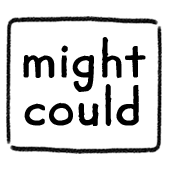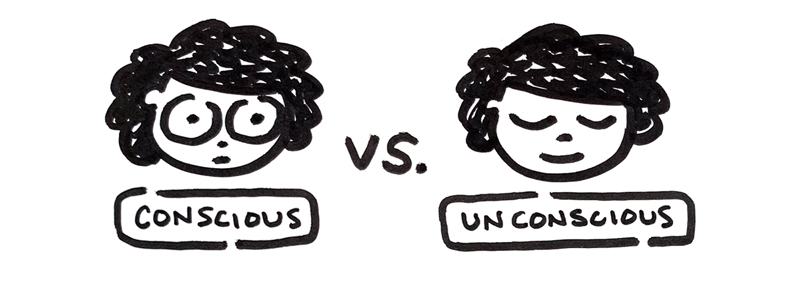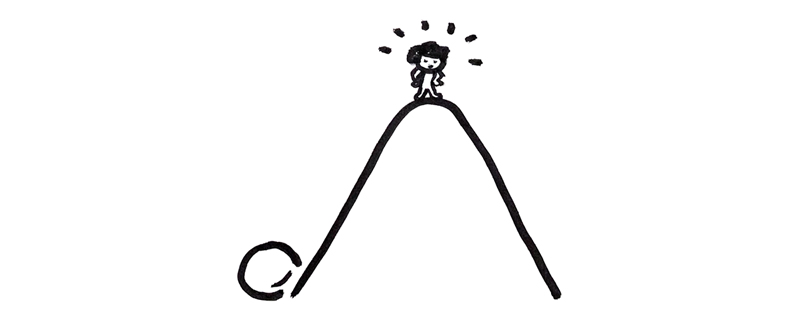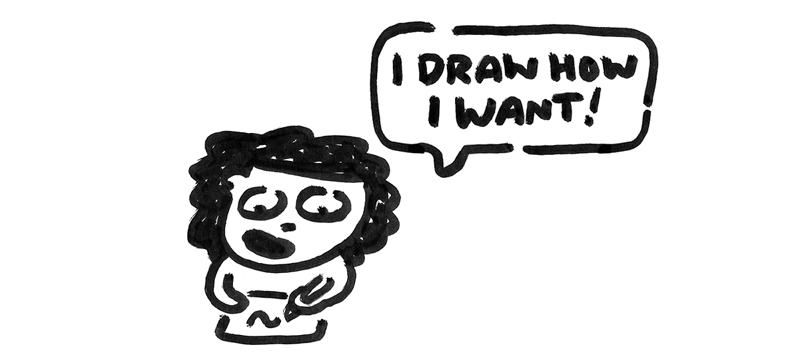
I can vividly remember the year I decided to buckle down and start trying to improve my drawing. It was 2014, I was a freelance graphic designer at the time, but dreamed of being a full-time illustrator. And so, I decided to be able to do that, I needed to get better at drawing. I needed to improve my skills. I needed to try harder.
For months I studied hard—taking classes, reading books, and going through tutorials. I drew, and I drew, and I drew. But somehow, I never felt like my art was improving.
Objectively, I had learned or improved some specific skills: I could now draw a hand that looked like a hand, I could draw a nose that was more than just an upside-down ‘u’, I even learned to draw a horse. But overall, I didn’t feel like my art was improving. It felt stagnant, and no matter how hard I tried, everything I drew felt like it was missing something.
Eventually I burned out from trying so hard, and was forced to take a break. I couldn’t keep up this level of intense effort forever. And that was when I realized what was happening—I was trying too hard.
In that moment of epiphany, something shifted in my brain. I let go of my preconceived notions of what it would mean to “improve my art”. I stopped fidgeting for hours with every drawing. I stopped trying to force myself to draw in ways I thought I should be drawing. I was tired—tired of thinking so much, tired of studying so much, tired of trying so hard. So I stopped.
I didn’t stop drawing—I stopped trying to “be good”. And paradoxically, that was when my art started to improve.

The Two Sides of Making Art
How often have you felt yourself trying really hard while drawing, exerting so much effort to improve, but continually feeling like you’re not making any progress?
We think we know how to improve, how to achieve, how to succeed. It’s just a matter of putting in the effort, right? And if we’re still not getting the results we want, we just need to try harder, right?
I’d argue this isn’t always true when it comes to creating art. Conscious effort and consistent practice are important in improving our technical artistic skills, for sure. If you want to learn how to produce accurate 3-point perspective or an anatomically-correct human body, yes, you need conscious effort, and trying hard will probably achieve those goals.
But technical skill is only one aspect of making art. What about the other part? What about creativity? Imagination? Artistic style? When it comes to the creative side of making art, trying hard can actually backfire.
“We have been taught to believe that the best way to achieve our goals is to reason about them carefully and strive consciously to reach them. Unfortunately, in many areas of life this is terrible advice. Many desirable states—happiness… spontaneity—are best pursued indirectly, and conscious thought and effortful striving can actually interfere with their attainment.”
–Edward Slingerland, author of Trying Not to Try: Ancient China, Modern Science, and the Power of Spontaneity
The Creativity Paradox
This is the deep artistic paradox that is sometimes difficult to grasp: trying harder often leads to less success. When drawing, we can become so focused on the idea of improving, that the harder we try, the worse we draw. We convince ourselves that we can think our way through drawing something successful, but in attempting so, we get so caught up in all that thinking and trying, that we end up tightening up and shutting down our creativity.
Drawing in that overthinking way, we block out one of the most important elements of making art: the unconscious mind. Creativity flows from this part of our brain and we can’t access it with conscious thought.
We can’t consciously think our way into being creative or force ourselves to have an idea. We have to be open and loose enough to allow those previously unthought of connections to bubble up and emerge from our unconscious.
So paradoxically, the more we think, the farther we get from our creativity. The harder we try to draw well, the worse we end up drawing.

Trying Too Hard
Constantly focusing on improving certain aspects of your work, like how terrible you think you are at drawing arms and how you want to get better at it, can make you become rigid and tight, leading to rigid and tight art. If you find yourself getting frustrated again and again with the same thing, you may just need to stop trying so hard. Stop trying to force an outcome, and open yourself up to your unconscious mind.
It’s similar to when you’re trying so hard to remember something, but the harder you try, the harder it seems to remember. And then, you crawl into bed that night, having completely let it go and forget all about it, and it comes to you—you remember.
“Similarly, when one is stymied by a problem, simply leaving it alone and doing something else is often the best way to solve it. Doing nothing allows your unconscious to take over, and, as we’ve seen, the unconscious is often better at solving certain types of particularly complex problems.”
–Edward Slingerland
So if you’re spiraling into trying harder and harder but getting angrier and angrier—stop. Don’t look up more references, more tutorials, or more resources. Stop drawing, take a break, or go for a walk—just do something else.
“We’re made for doing, not thinking… Our modern conception of human excellence is too often impoverished, cold, and bloodless. Success does not always come from thinking more rigorously or striving harder.”
–Edward Slingerland
Let It Go
After you’ve taken a little break, come back to your drawing. But this time, stop trying to force something to happen. Drop all your preconceived ideas about how you should be drawing. Tap into more accepting self-talk while drawing like, “Welp, that’s what I drew!” What you drew is not necessarily good or bad, it just is. You drew it, and now you can draw the next one.
“Guess what? When it comes right down to it, wherever you go, there you are. Whatever you wind up doing, that’s what you’ve wound up doing. Whatever you are thinking right now, that’s what’s on your mind. Whatever has happened to you, it has already happened. The important question is, how are you going to handle it? In other words, “Now what?”
–Jon Kabat-Zinn, author of Wherever You Go, There You Are: Mindfulness Meditation in Everyday Life
I know it sounds counterintuitive, to get better by not trying to get better. And I know it’s frustrating to hear the paradoxical advice to stop trying. But for the creative process, it works. It’s similar in many ways to how people talk about practicing meditation, which also heavily involves the unconscious mind.
“So, in meditation practice, the best way to get somewhere is to let go of trying to get anywhere at all.”
–Jon Kabat-Zinn
Letting go is the only way we can draw from that unique place inside ourselves. We can’t approach our art based on how other people draw or what other people like. We have to pull from inside ourselves to create something with our own artistic voice.
“The only way you can do anything of value is to have the effort come out of non-doing and to let go of caring whether it will be of use or not. Otherwise, self-involvement and greediness can sneak in and distort your relationship to the work, or the work itself, so that it is off in some way, biased, impure, and ultimately not completely satisfying, even if it is good.”
–Jon Kabat-Zinn
Balancing Trying + Not Trying
In art making, we need conscious effort to learn new technical skills, revise our work, and polish our projects. But if get stuck in a cycle of trying and frustration, we’ll never be able to loosen up and tap into our creativity and imagination. We’ll be forever stuck following tutorials, adhering to rules, and feeling unhappy with our art.
“Our culture is very good at pushing people to work hard or acquire particular technical skills. But in many domains actual success requires the ability to transcend our training and relax completely into what we are doing, or simply forget ourselves as agents.”
–Edward Slingerland
In addition to technical skills, we also need spontaneity, imagination, openness, and creativity. To make art in our own artistic style, we have to maintain a balance of conscious effort and effortless effort. We have to try and not try. Push and allow. Improve and accept. Tweak and embrace. We have to have a balance of both.
Perhaps this is a better way to put it: Try, but not too hard.
<3,
Christine




